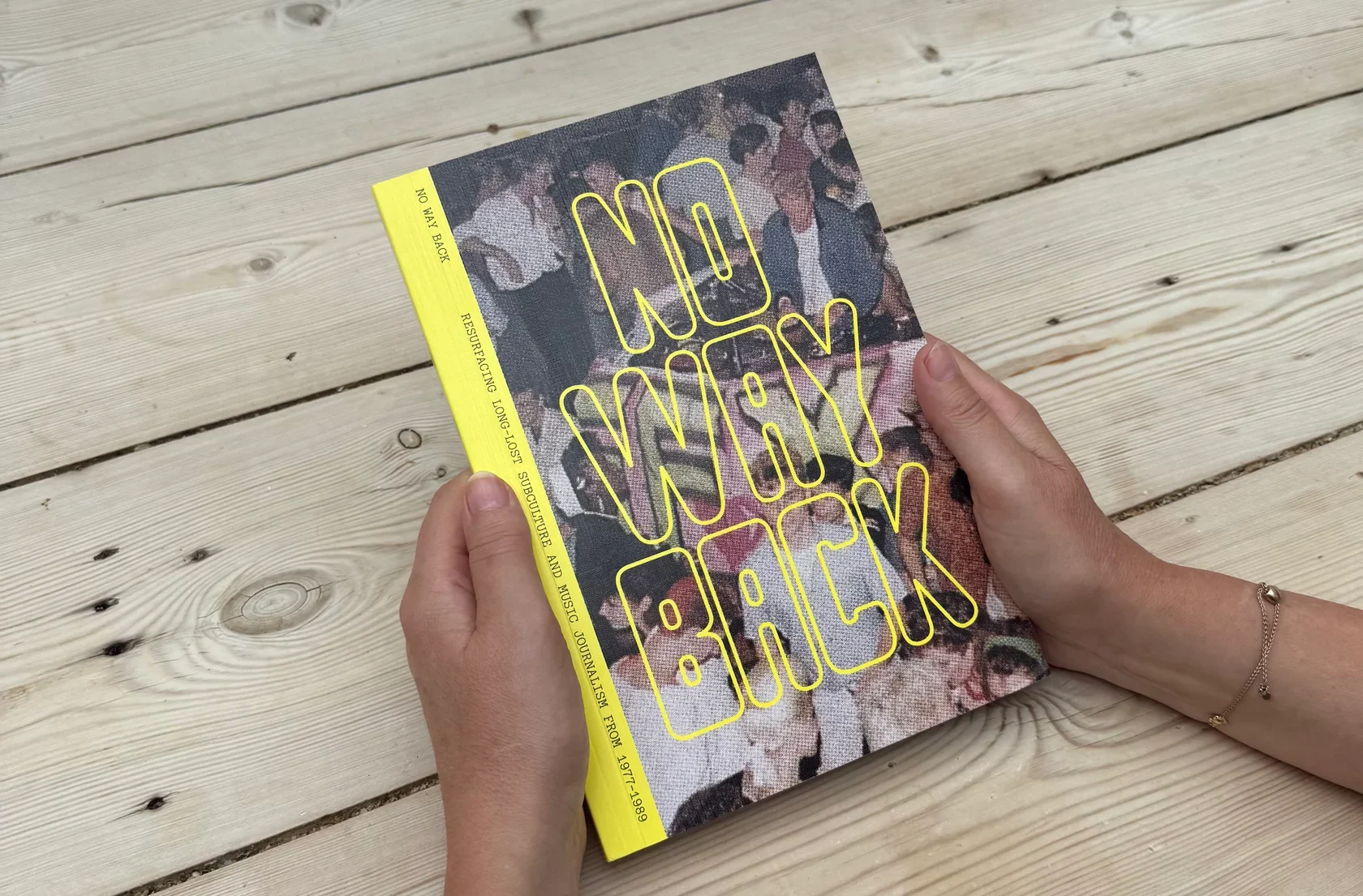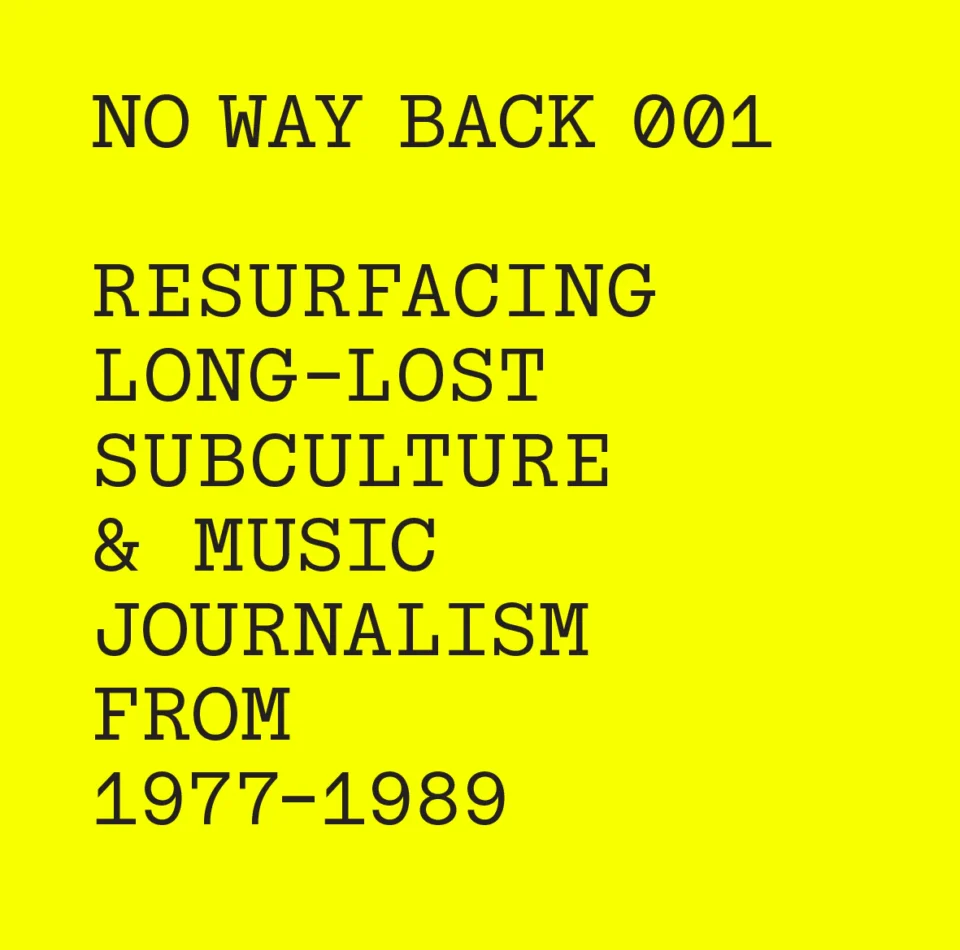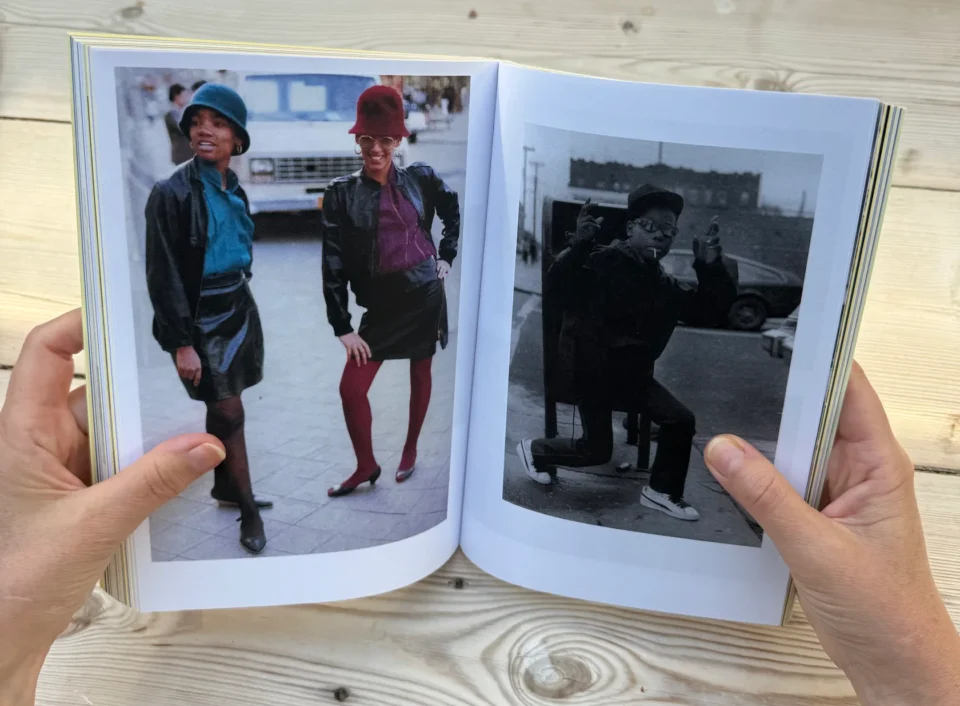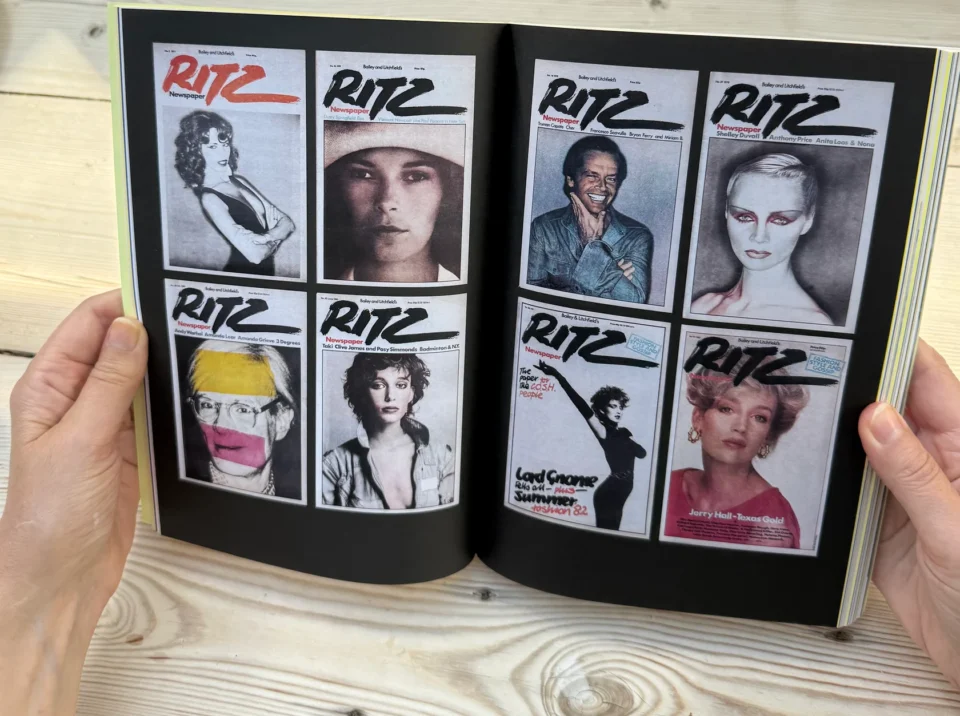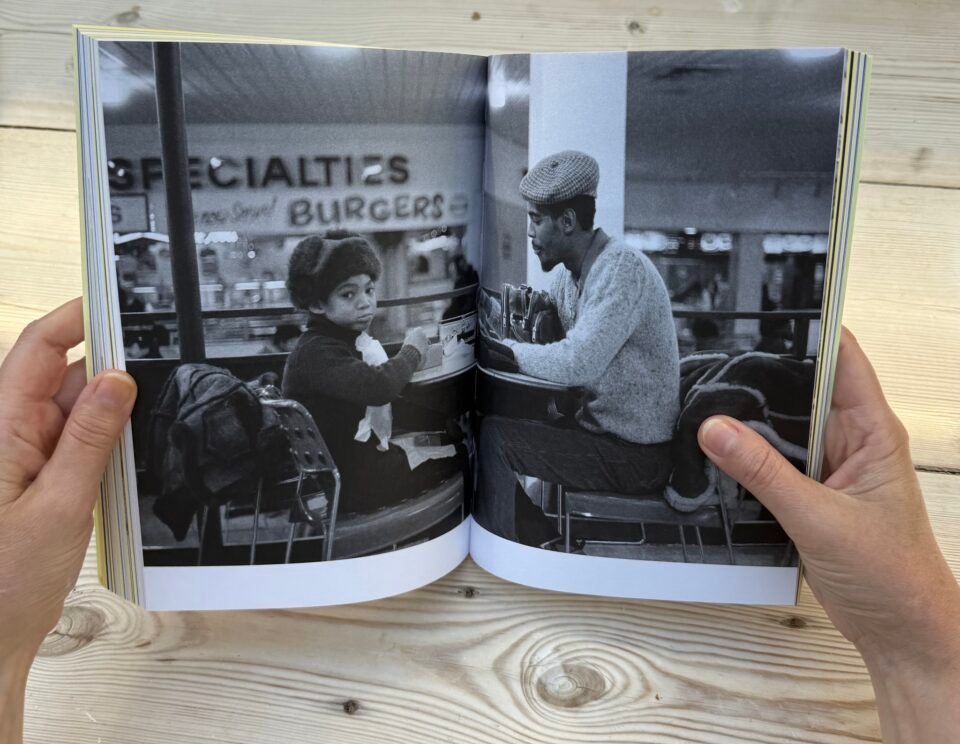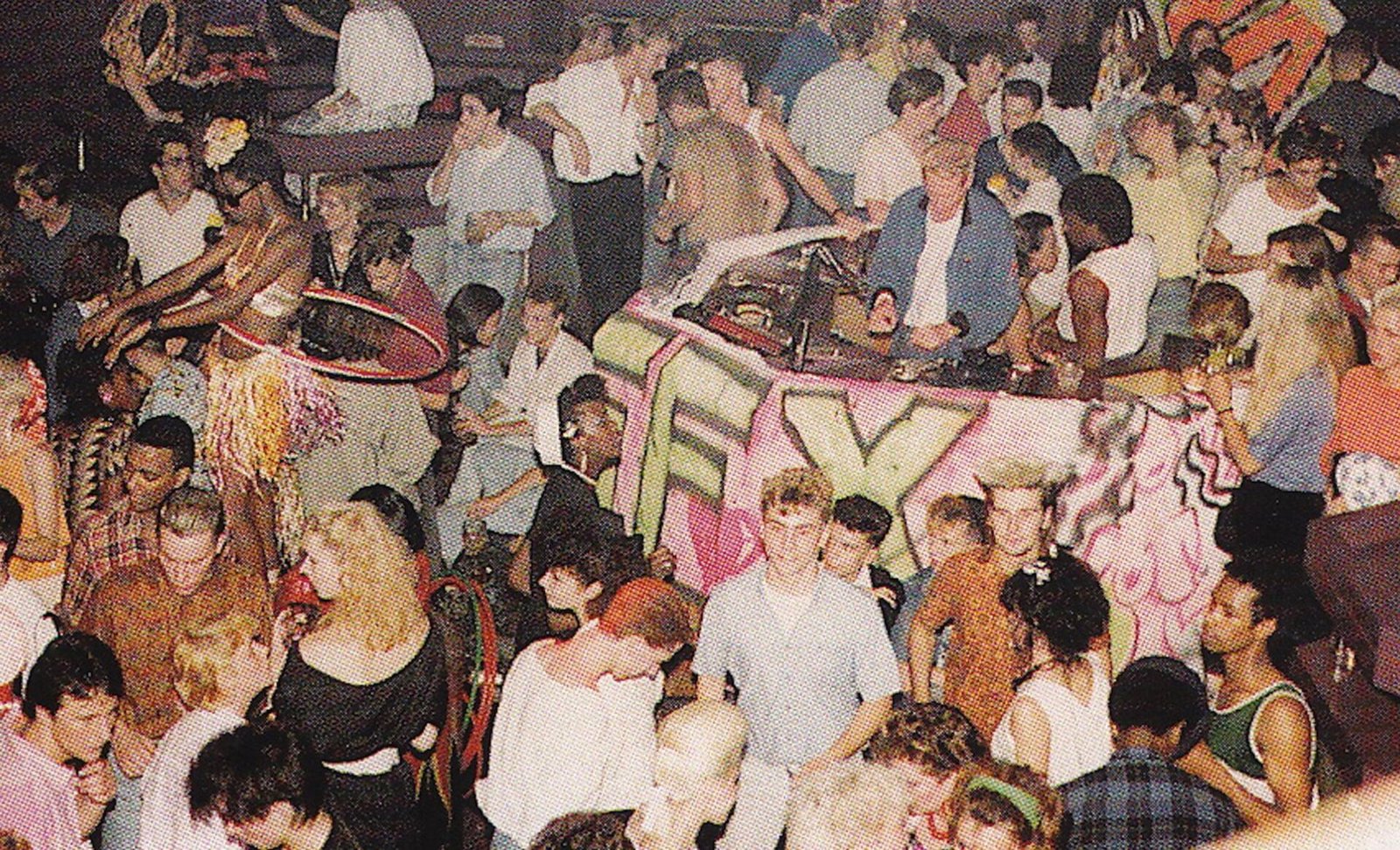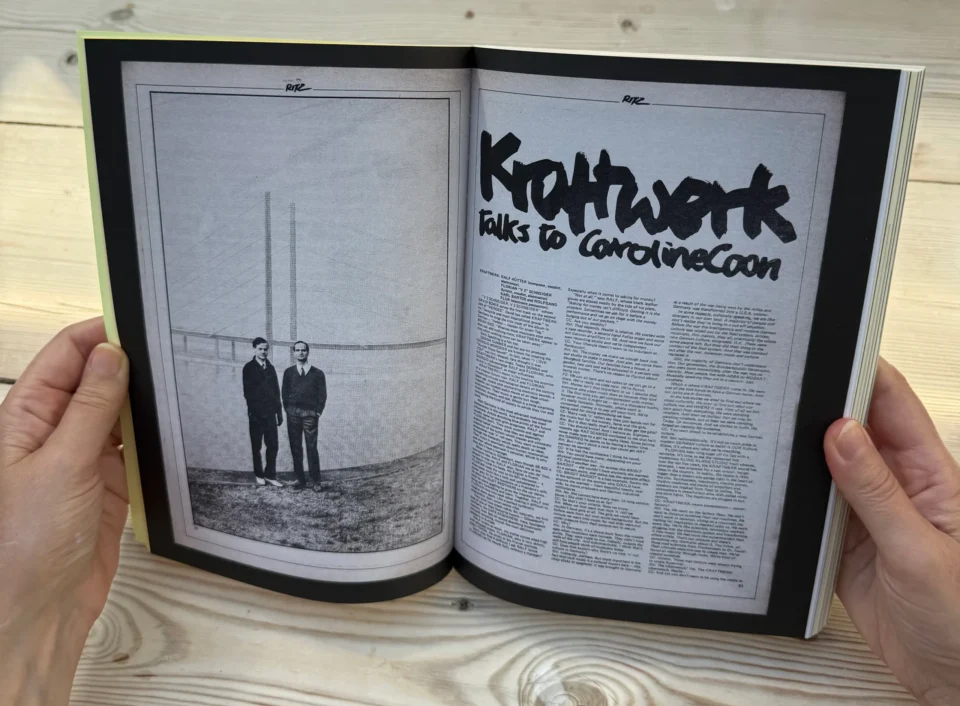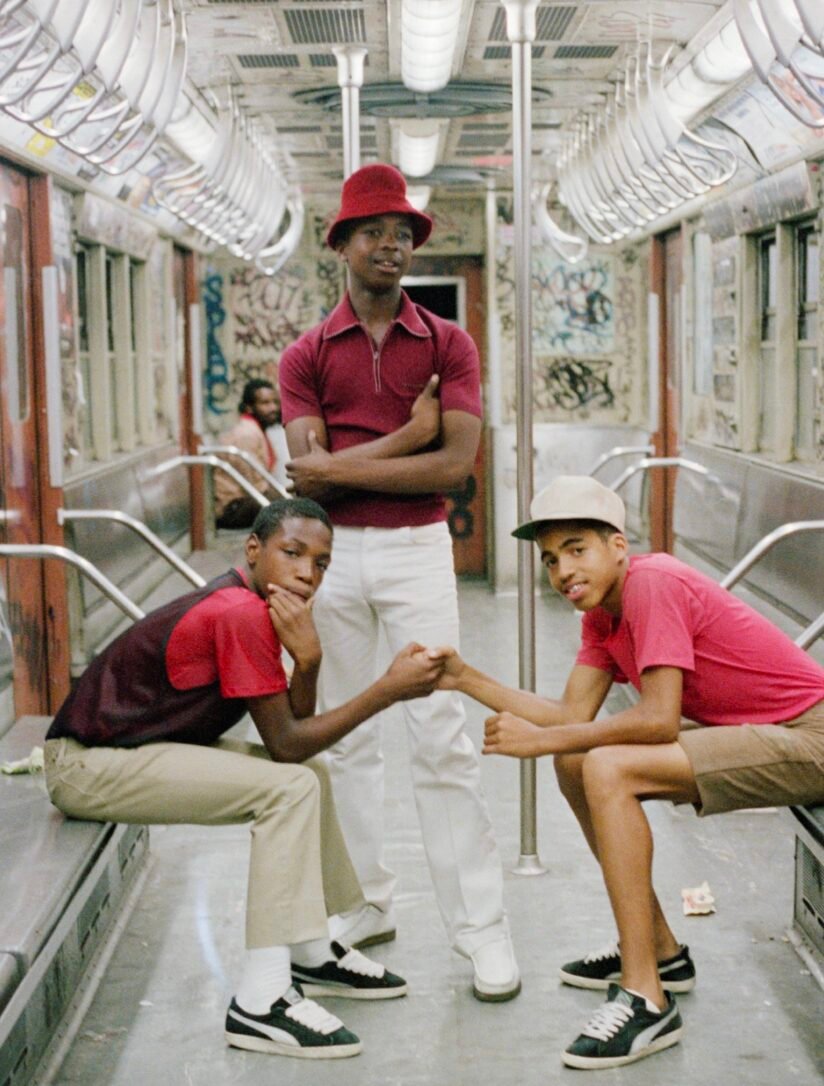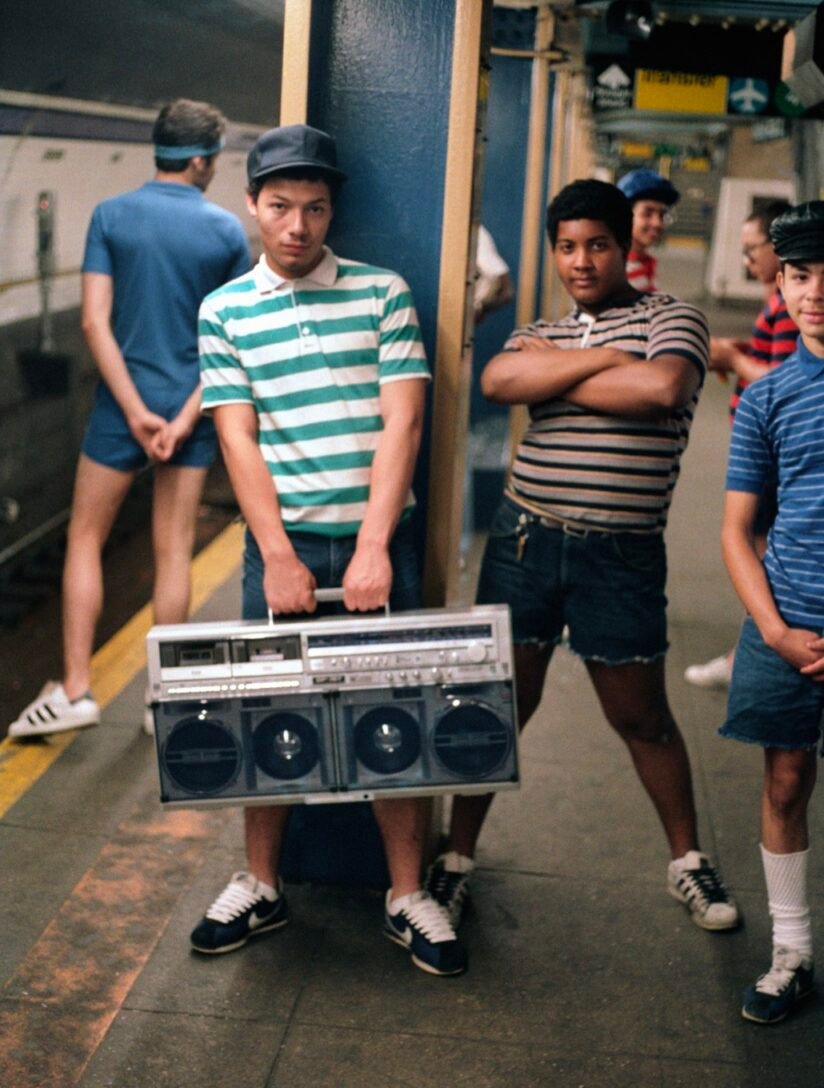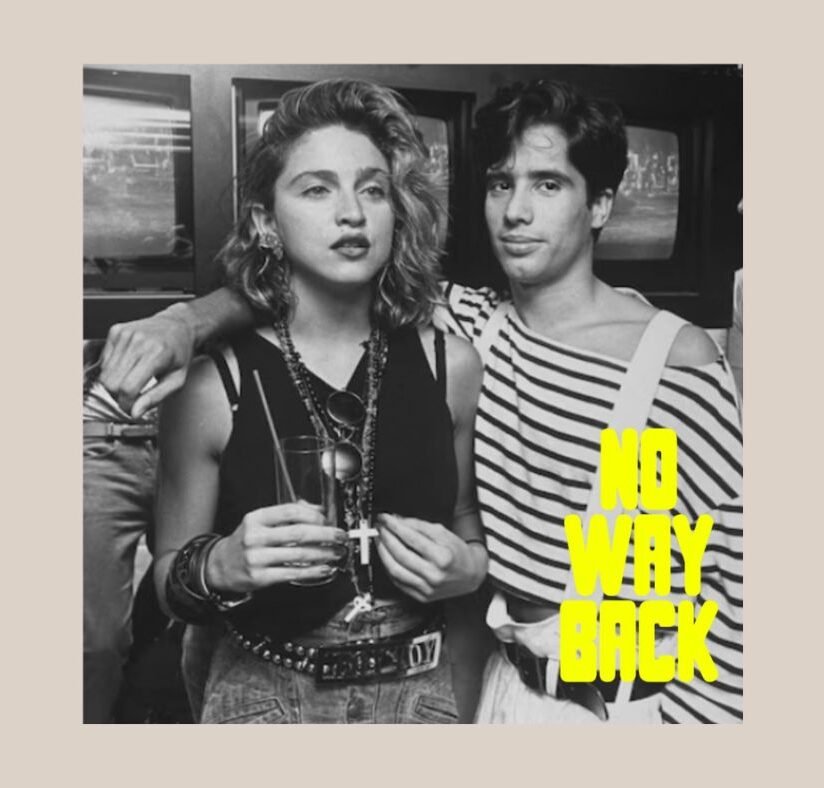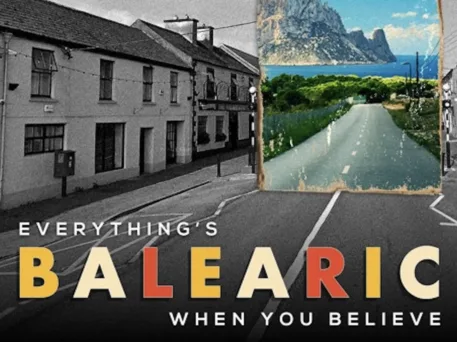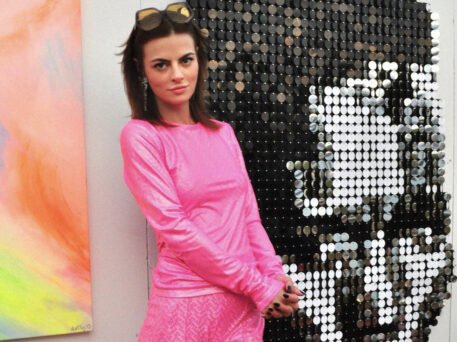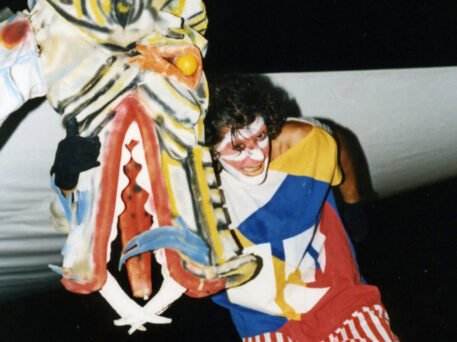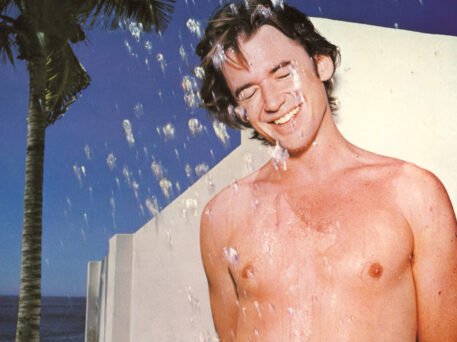The Electric Disco.
No Way Back
We caught up with Mark Maddox and Andy Crysell, the minds behind No Way Back, to get the lowdown on their essential new magazine.
Words by Mark Limb • July 24, 2025
No Way Back magazine, edition 001
Mark, Andy, thanks for taking the time to chat with us. How are you both doing?
MM. Great. Having spent the last 20 years in digital I’m just getting used to dealing with paper and printers again.
AC. Also great! And better still having now seen copies of No Way Back in the flesh. Biased, I know, but it’s looking good and picking up nice feedback.
For those who may not know you, could you give us a bit of background on your journeys through dance culture and journalism?
AC. I started off doing a bunch of different things in and around acid house, but writing for mags was the bit that stuck.
I spent ten years writing for the likes of The Face, NME, MTV, Muzik, i-D, Dazed & Confused, Vox, Arena, Sleaze, Mixmag, DJ, Spin etc etc. about a range of sub cultural topics but particularly about dance music and hip-hop, interviewing Wu-Tang Clan, Derrick May, Carl Craig, Frankie Knuckles, Public Enemy, Ken Kesey, Aphex Twin, De La Soul, Eminem, Bjork, Suge Knight, Dr Dre, William Gibson, Jeff Mills, Madonna, Daft Punk, Beastie Boys, Jay Z, Tricky, Cocteau Twins, Francois Kevorkian, Masters At Work, Snoop Dogg, Mary J Blige, Nas, Massive Attack and Morgan Freeman, among countless others.
More recently, I’ve set up a couple of comms and strategy agencies, but music related projects featured heavily there, too. And more recently still, I’ve moved on from those agencies, and as well as No Way Back, I’ve written a book called Selling The Night, which explores dance music’s relationship with brands, advertising and the creative industries.
Oh, and still manage to go out to clubby things (more than I probably should), too.
How did the two of you first connect, and what led you to collaborate on No Way Back?
AC: Even though we were both moving and working in similar circles in the 1990s, we didn’t meet until the early 2000s; then there were various overlaps in the worlds of dotcom startups, youth and content marketing.
I was knocking the No Way Back idea around, introduced it to Mark, and we decided to join forces on it. It’s been a lot of fun to collaborate on.
Can you tell us a bit more about what No Way Back is about?
AC: At the root of it really is telling stories about the past in thoughtful and imaginative ways. Nostalgia is everywhere these days, and clearly means a lot to a lot of people (whether they were there to witness it firsthand or not).
But it also remains something of a dirty word - often seen as a retreat from progress, about ‘better in my day’ bitterness.
For No Way Back, we’ve coined the phrase ‘learning from, not longing for, the past’. It’s as much about what carries forward from here as revelling in the past.
The first issue focuses on long-lost music and subculture journalism from 1977 to 1989. What drew you to this particular era as a starting point?
AC. The specific start and finish dates were pretty arbitrary, but of course that was a particularly fertile period for cultural shifts and breakthroughs in music - and the art, design, fashion and so on surrounding that music.
There’s something quite fascinating about reading about these breakthrough events in dance music, hip-hop and pop in their rawest form.
It’s what comes before anyone has the remotest clue what long and remarkable trajectories these genres and art forms will take, before endless layers of post-rationalisation have kicked in.
What was the process like pulling this first issue together? Any unexpected challenges or discoveries along the way?
AC. Trying to get the right blend of editorial and photographic pieces felt key - in total, we didn’t want it to be too obscure but we also didn’t want it to feel too obvious.
Some aspects of music and subculture’s past have been done to death, so we wanted something that felt a bit different than just a route one journey into the past. After that, getting the relevant permissions to use the material became a big deal.
As you can imagine, who owns the rights to some of this stuff from so far back, often from titles that don’t exist any more, isn’t necessarily straight forward. Mark bore the brunt of sussing out that lot!
The photography you’ve featured is incredible! Are they images from your own archives, or did you have to dig deep into old publications and collections to find them?
AC. A whole lot of sourcing going on by the team here. Many wormholes disappeared into trying to track down who to speak to for permission to use various images, cover art and magazine spreads!
We didn’t want to cut corners though, or use things without permission. It was well worth it, not just for the material we accessed but also for all the support we received from people along the way.
The Mud Club, London by Robert Ryan
Is there a particular philosophy or editorial vision guiding what makes it into the magazine?
AC. I think in part we’re simply guided by the notion that if it’s interesting to us, we figure it will be interesting for our intended audience as well.
"We feel less of a need to stay in a lane than a regular magazine tends to."
It’s also about trying to get beyond the obvious, to angles less explored and, in that process, shining a light on people and work and creativity that deserves to be resurfaced.
We don’t view No Way Back as like a conventional magazine, though (if they even still are a thing!). We feel less of a need to stay in a lane than a regular magazine tends to.
Do you already have plans for future issues? Are there particular eras, scenes, or themes you're excited to explore next?
AC. Lots of conversations underway and ideas bouncing about. Different periods of time. Different cities. Different genres of music. But also looking way outside music, across design, fashion, entertainment, media, travel and beyond for other ways to tell powerful stories about breakthrough moments in culture.
We think there are a lot of directions - including the less expected - that we can take No Way Back in - but all appealing to an audience that’s naturally curious and keen to join cultural dots.
There seems to be a growing appetite for looking back, especially as dance music and the wider arts become increasingly commercialised and fast-moving. Do you think there’s something about now that makes No Way Back particularly resonant?
AC. As you say, there’s been so much commercialisation, whether that’s venture capitalists moving into music, or DJs turning into influencers, so called ‘business techno’, the constant wrangling over phones on the dancefloor, that it feels a good time to see what we can learn from more formative times.
No one can stop change, and change can also bring good things, but perhaps there are new through-lines we can take from those now distant times. Meaningful nudges to the path music culture takes from here on.
Despite so much information being available online and via social media, there is still something undeniably beautiful about print, its tactility, its permanence. Is staying print only an important part of your vision or do you see digital playing a role in future editions?
AC. We absolutely love print, too. And it feels particularly relevant right now - the tactile nature of it, the physicality, the way it encourages you to consume content differently, more slowly, than digital outputs do.
All of which means we very much imagine print publications will be a mainstay of No Way Back, but in the longer term we’d like to see ourselves as medium-agnostic.
So lots of print, for sure, but potentially documentaries, or podcasts, or curated events. A focus on longer-form editorial and content, you could say. And even if social media isn’t our centre of gravity, we’re sure there are interesting ways it can support the longer-form outputs.
The first edition has been out for a couple of weeks now, what kind of response have you had so far from both younger readers discovering this history for the first time and older heads who lived through it?
Early days, but the feedback so far has been lovely - which of course makes it all worthwhile.
People seem to be really on board with the sensibilities of it - also just how it looks and feels. We of course assumed an older audience would be interested in rooting about in these stories, but it’s in a way even more pleasing still that younger people are getting something from it.
We don’t want them feeling overly reverential for things that are now long gone, but it’s great when it helps guide them on their own creative journeys.
I read that you would be compiling playlists to accompany each issue, which sounds like a perfect way to extend the experience. Where will readers be able to find them?
MM. We have compiled playlists for each story in the book and included QR codes so you can access the music as you read the article, which is a really interesting way to enhance print journalism & storytelling with digital streaming.
It will be interesting to see how that experience works - readers as listeners.
Finally, and I guess most importantly, where can people get their hands on No Way Back?
MM. You can buy directly from our online store www.nowayback.co plus magazine outlets across Europe, Barnes & Noble in the US - we’ve had a great reception from retailers and distributors
Mark and Andy, thank you so much for taking the time to chat with us. It truly is a wonderful magazine and we’re excited to see what you’ve got lined up next!
More like this
Mike Wilson of 100 Poems talks to us about his background, influences and the fantastic Everything is Balearic project
We spoke to Emma Salahi about her Ibiza based art gallery and the launch of the new Oriol Maspons superbook
Gerardo Rubio tells us about his time spent working at KU during the clubs cosmopolitan heyday in the 80's.
Rob Butler chats to Californian legend Ned Doheny ahead of the re-release of three of his classic albums.
